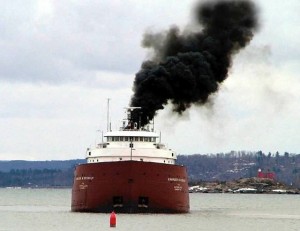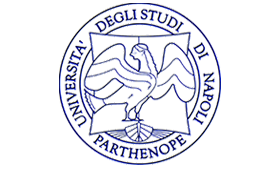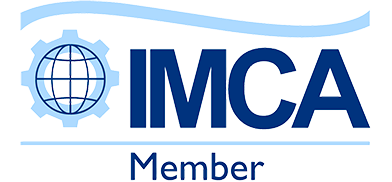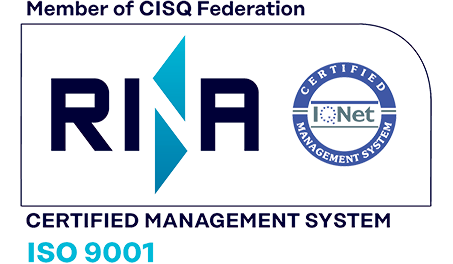Nuove Norme
Medea può siluppare un customizzato Ship Energy Efficiency Management Plan (SEEMP) per la tua flotta.
(Allo scopo di schiarezza questo articolo è pubblicato in inglese)
In recent years, discussions at IMO have resulted in the development of an Energy Efficiency Design Index (EEDI) that has the broad and emphatic support of Governments, industry associations and organizations representing civil society interests. All are united in the same purpose: to ensure that the EEDI delivers environmental effectiveness by generating, through enhanced energy efficiency measures, significant reductions in GHG emissions from ships.
The amendments to MARPOL Annex VI Regulations for the prevention of air pollution from ships, add a new chapter 4 to Annex VI on Regulations on energy efficiency for ships to make mandatory the Energy Efficiency Design Index (EEDI), for new ships, and the Ship Energy Efficiency Management Plan (SEEMP) for all ships. Other amendments to Annex VI add new definitions and the requirements for survey and certification, including the format for the International Energy Efficiency Certificate.
The regulations apply to all ships of 400 gross tonnage and above and are expected to enter into force on 1 January 2013.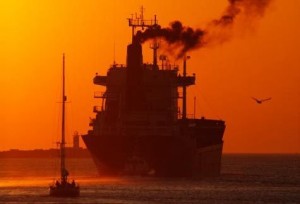
Medea is continuosly engaged in the study of new regulations and of their impact on vessels. In 2011 Medea starts following and studying the regulations about the energy efficiency for ships at their early stage of development aiming to provide a professional and complete assistance service for those shipowners and shipyards who have to face with the calculation of the EEDI and the issue of the SEEMP
Here below a summary of the most significant matters to be drawn to the attention of the Ship Mwners, Ship Managers and Shipyards.
| All ships >= 400GT / New and existing | Regulation 6 “Issue or endorsement of Certificates”: an International Energy Efficiency Certificate shall be issued to any ship of 400 GT and above before that ship may engage in voyages to ports or offshore terminals under the jurisdiction of other Parties of MARPOL Annex VI. The Certificate shall be issued or endorsed either by the Administration or any organization duly authorized by it.Regulation 8 “Form of Certificate”: the International Energy Efficiency Certificate shall be drawn up in a form corresponding to the model given in Appendix VIII of the Annex.
Regulation 9 “Duration and validity of Certificate”: the International Energy Efficiency Certificate shall be valid throughout the life of the ship unless: − the ship is withdrawn from service or a new certificate is issued following major conversion of the ship; or − a transfer of flag occurred. |
| All ships >= 400GT not having dieselelectric, turbine or hybrid propulsion systems / Contracted on or after 1 January 2013 | Regulation 20 “Attained Energy Efficiency Design Index (Attained EEDI)”: the attained EEDI shall be calculated, taking into account guidelines still to be approved by IMO, for bulk carriers; gas carriers; tankers; container ships; general cargo ships; refrigerated cargo carriers; combination carriers; passenger ships; ro-ro cargo ships (vehicle carrier); ro-ro cargo ships; ro-ro passenger ships, of 400 GT and above, not having diesel-electric, turbine or hybrid propulsion systems and which are:a. new ships, defined in Regulation 2 as ships:
− for which the building contract is placed on or after 1 January 2013; or − in the absence of a building contract, the keel of which is laid or which is at a similar stage of construction on or after 1 July 2013; or − the delivery of which is on or after 1 July 2015; b. new ships which have undergone a major conversion; and c. new or existing ships which have undergone a major conversion, that is so extensive that the ship is regarded by the Administration as a newly constructed ship. The attained EEDI shall be specific to each ship and shall be accompanied by the EEDI technical file, which includes the information necessary for the calculation of the attained EEDI and shows the process of calculation. The attained EEDI shall be verified, based on the EEDI technical file, either by the Administration or any recognized organization duly authorized by it. |
| All ships >= 400 GT other than passenger ships and ro-ro cargo and ro-ro passenger ships, not having dieselelectric, turbine or hybrid propulsion systems / Contracted on or after 1 January 2013 but before 1 January 2015 | Regulation 21 “Required EEDI”: for bulk carriers; gas carriers; tankers; container ships; general cargo ships; refrigerated cargo carriers; and combination carriers which are:a. new ships, defined in Regulation 2 as ships:
− for which the building contract is placed on or after 1 January 2013; or − in the absence of a building contract, the keel of which is laid or which is at a similar stage of construction on or after 1 July 2013; or − the delivery of which is on or after 1 July 2015; b. new ships which have undergone a major conversion; and c. new or existing ships which have undergone a major conversion, that is so extensive that the ship is regarded by the Administration as a newly constructed ship the attained EEDI shall be as calculated in order to be as follows: Attained EEDI <= Required EEDI |
| All ships >= 400GT / Contracted on or after 1 January 2013 but before 1 January 2017 | The Administration may waive the requirement set in Regulations 20 and 21 for ships:− for which the building contract is placed before 1 January 2017;
− in the absence of a building contract, the keel of which is laid or which is at a similar stage of construction before 1 July 2017; or − in case of a major conversion of a new or existing ship, before 1 January 2017. The Administration, which allows, or suspends, withdraws or declines such waiver to a ship entitled to fly its flag shall forthwith communicate to the IMO for the circulation to the Parties. |
| All ships >= 400GT / New and existing | Regulation 22 “Ship Energy Efficiency Management Plan (SEEMP): each ship of 400 GT and above shall keep onboard a ship specific Ship Energy Efficiency Management Plan (SEEMP).
This may form part of the ship’s Safety Management System. |

